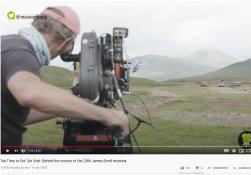peter k.
Member
E-6 Revival  ...
...
Well de sweet ole lady was grumbling about what all this old film doing in the freezer, took a look and it was mostly E-6 which we hadn't been shooting of late, so got back into slide film and now all out, so its time to try Ekatchrome and so ordered a five 120 pack and see what its all about.
 ...
... Well de sweet ole lady was grumbling about what all this old film doing in the freezer, took a look and it was mostly E-6 which we hadn't been shooting of late, so got back into slide film and now all out, so its time to try Ekatchrome and so ordered a five 120 pack and see what its all about.







